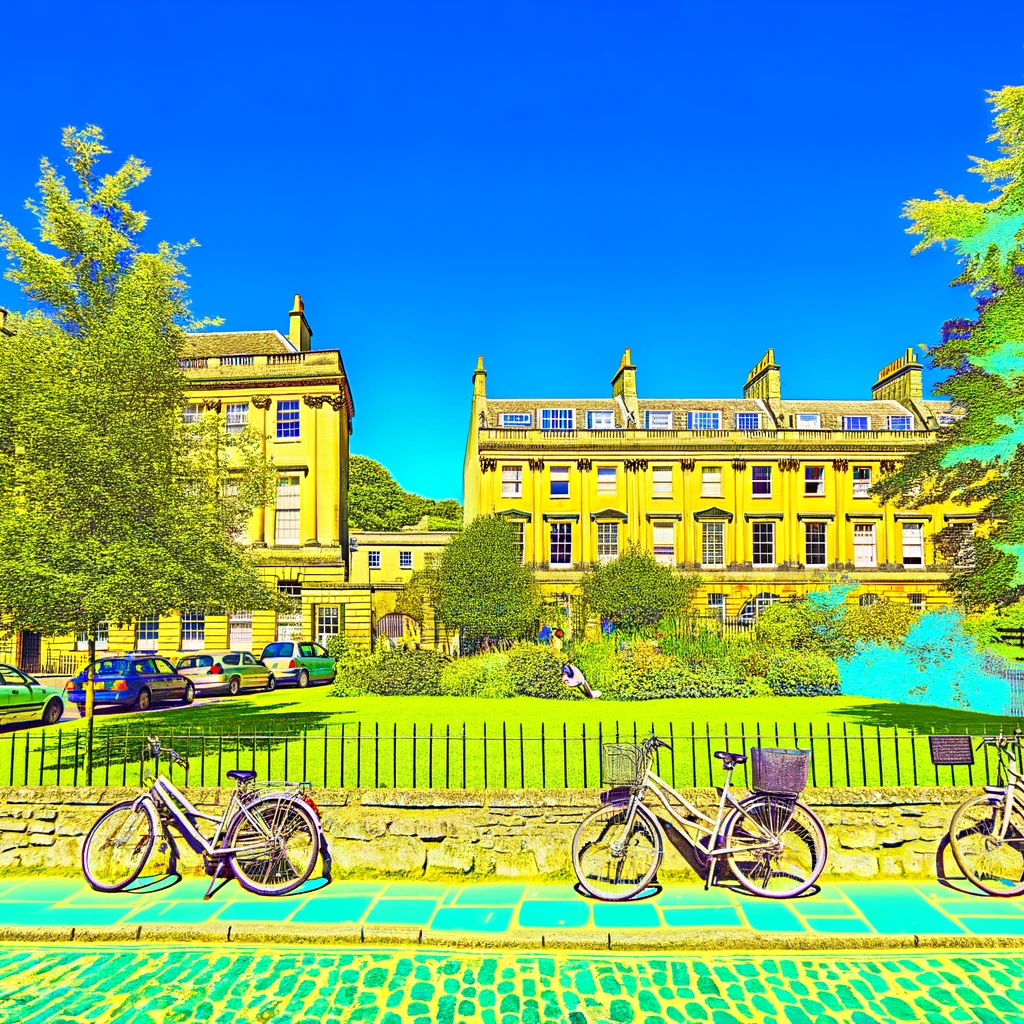
From Past to Present: A Timeline of Bath's Rich History
Bath, a city renowned for its stunning architecture and historical significance, has a story that spans centuries. Nestled in the heart of Somerset, England, Bath's rich history is a tapestry woven with Roman baths, Georgian grandeur, and much more. Join us as we explore the key events that have shaped this iconic city from its ancient beginnings to the modern era.
The Roman Era: Founding of Aquae Sulis
The origins of Bath date back to AD 60-70, when the Romans established Aquae Sulis. This settlement was built around the natural hot springs, which were considered sacred by the Celts. The Romans constructed a complex of baths and a temple dedicated to the goddess Sulis Minerva, blending local and Roman religious practices. The remains of these baths are one of the city's most visited sites today.
Medieval Times: A City of Religious Significance
Following the fall of the Roman Empire, Bath became a significant religious center. In the 7th century, it was home to a monastery established by King Osric of the Hwicce tribe. By the 10th century, Bath had a cathedral, which later became Bath Abbey, a stunning example of Perpendicular Gothic architecture.
The Georgian Era: Bath's Architectural Renaissance
The 18th century was a period of transformation for Bath, marked by the construction of neoclassical buildings that define the city's aesthetic today. Architects like John Wood the Elder and his son, John Wood the Younger, were pivotal in designing landmarks such as the Circus and the Royal Crescent. During this time, Bath became a fashionable spa town, attracting the likes of Jane Austen and other notable figures.
Victorian Innovations and Expansions
The Victorian era saw Bath's expansion and the introduction of modern amenities. The arrival of the Great Western Railway in 1840 connected Bath to London, making it more accessible. This period also saw improvements in public health and sanitation, enhancing the city's appeal as a residential area.
20th Century and Beyond: Preserving History
In the 20th century, Bath faced challenges, including damage during World War II. However, extensive restoration efforts preserved its historic buildings. In 1987, the city was designated a UNESCO World Heritage Site, recognizing its cultural and architectural significance. Today, Bath continues to balance modern living with its historical roots.
Conclusion: Bath's Enduring Legacy
From its Roman origins to its status as a UNESCO World Heritage Site, Bath's history is a testament to its enduring appeal. As you stroll through its streets, each corner tells a story of the past, enriching the present. Whether you're a history enthusiast, an architecture lover, or a curious traveler, Bath offers a captivating glimpse into the past while embracing the future.
Related Articles





